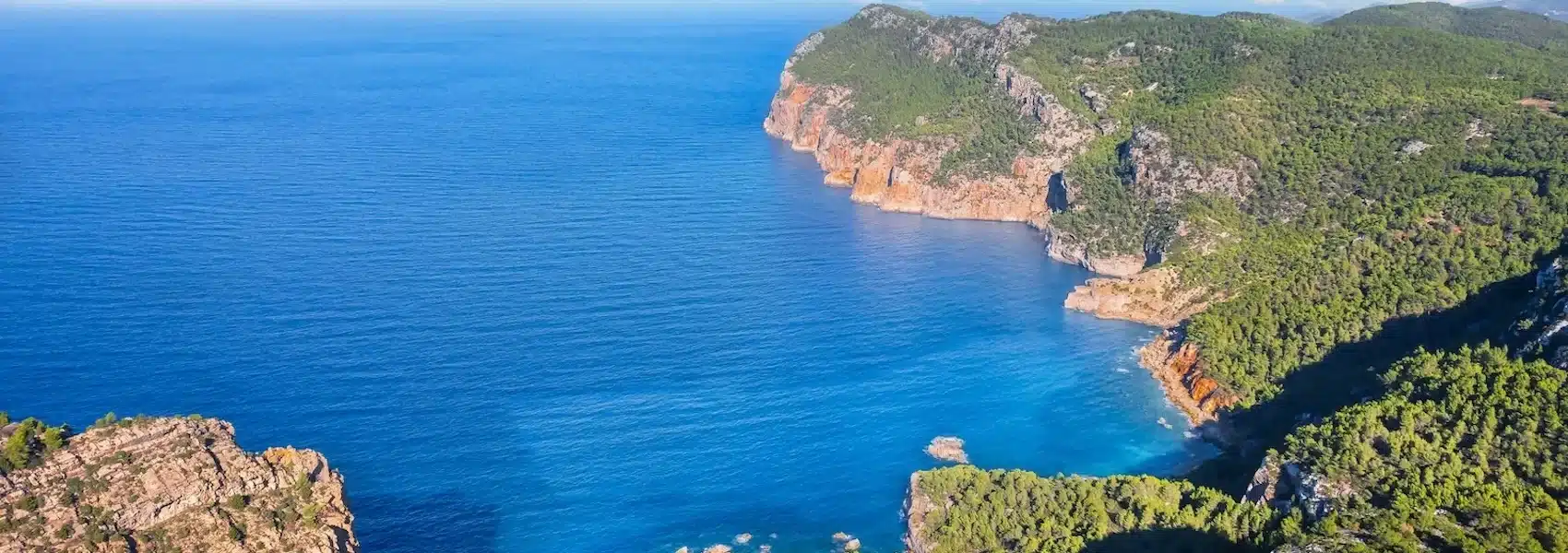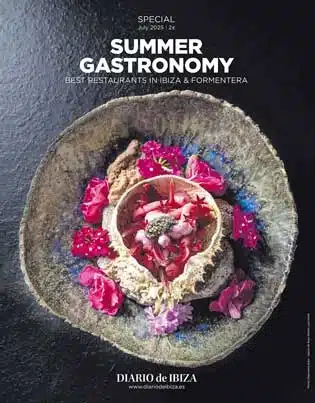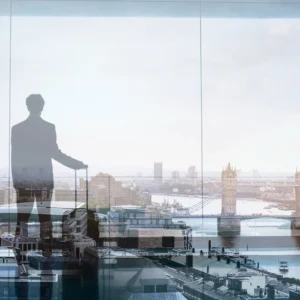When bestselling author Matt Haig returned to Ibiza decades after experiencing a mental breakdown there, he was not looking for closure. He was seeking something gentler, perhaps peace, perhaps perspective. In his essay for The Guardian, he reflects on the personal weight the island once held for him and the contrasting calm he found upon his return. But as Haig retraces his steps through familiar landscapes, he also discovers an Ibiza that has changed profoundly, not only in mood but in structure, ecology and accessibility. His account is not simply about one man’s healing, but about an island in the midst of its own identity crisis.

Ibiza then and now: Matt Haig vision
In the late 1990s, Matt Haig lived on the island briefly while working for Manumission, the legendary club night at Privilege, the world’s largest nightclub. Back then, Ibiza was a pulsing epicentre of hedonism, a place of liberation and abandon, the heart of Europe’s club culture. But for Haig it became overwhelming. The constant parties, the alcohol and substance abuse, the fear of facing the real world, it all collided. The island was not an escape, it was the edge of the cliff.
Years later, now in recovery and with the clarity that therapy and time can bring, Haig returned. He brought his family, stayed far from the noise and visited in the off-season, a different pace, a different rhythm. But what he found was more than personal contrast. The island itself had shifted.
The problems haunting Ibiza
In his article, Haig is candid about the challenges Ibiza faces today. Though still beautiful, still magnetic, the island is grappling with significant social, environmental and economic pressures, many of which are either the direct result of mass tourism or worsened by it.

1. Housing crisis
Perhaps the most pressing issue, and one that Haig highlights with quiet outrage, is the acute housing crisis. Locals, including teachers and health workers, are being priced out of the island. Some now live in campervans, tents or even their cars because they cannot afford rental prices driven up by holiday lets and foreign investment. The once communal, family-friendly Ibiza is disappearing, replaced by a market that caters primarily to high-spending tourists.
2. Illegal rentals and overcrowding
Haig also notes the rampant growth of illegal holiday rentals, particularly Airbnb-style accommodations. These have flooded the market and strained public services while pushing working residents further out, both geographically and socially. The island is experiencing severe overcrowding in peak seasons, not just in the nightlife hotspots but in towns, beaches and even rural paths once considered secret.
3. Environmental degradation
One of the most poignant parts of Haig’s piece is his recognition of the natural beauty of Ibiza and his concern for its preservation. He walks through salt flats and marvels at the sight of flamingos, noting how the quieter side of the island still breathes. But this, too, is under threat.
He references the damage to Posidonia oceanica, the ancient seagrass that is crucial to the marine ecosystem and responsible for the island’s famously clear waters. Tour boats dropping anchor have been eroding these seagrass meadows, some of which are more than 100,000 years old. Despite local campaigns and European protections, enforcement remains weak, and the pressure on Ibiza’s coastal environment is immense.
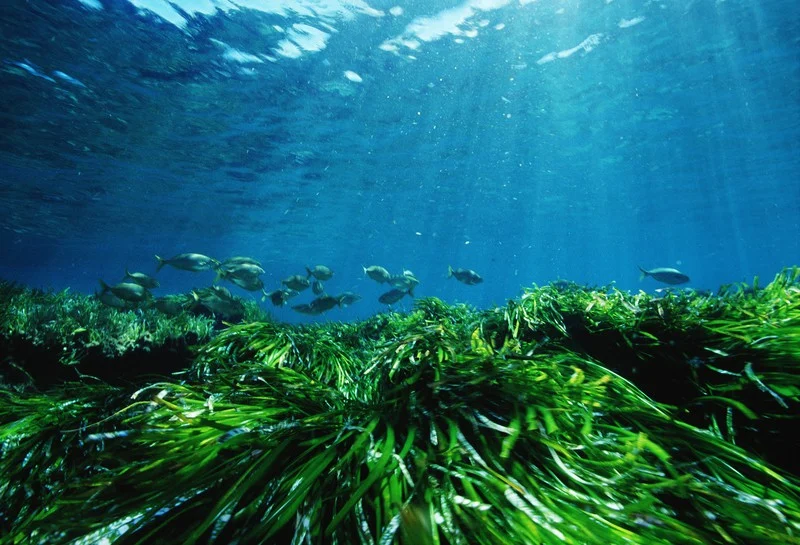
4. Rising cost of living
Ibiza has always been a little more expensive than mainland Spain, but now those prices have skyrocketed. Even essentials now cost more, especially in summer. This is not just a tourist inconvenience but a growing burden for residents, particularly those earning local wages in the hospitality or service sectors.
5. Transformation of spirit
While harder to quantify, there is also a more abstract concern: the erosion of the island’s soul. Once a haven for artists, misfits, and people seeking an alternative lifestyle, the island now leans increasingly toward exclusivity. The rise of luxury beach clubs, designer boutiques, and gated villas has changed the social fabric. It is worth noting the influx of mega-rich tourists arriving by private jet, the swanky menus with QR codes instead of paper, and the subtle but constant reminder that the island is no longer meant for everyone.
Holding on to what matters
And yet, in the same breath, Matt Haig acknowledges what remains. He finds joy in walking from Es Cavallet to Ses Salines, in spotting flamingos in the salt flats, in visiting small restaurants and modern art museums. The Ibiza he rediscovers is quieter and more reflective. It exists in the off-season, in the rural corners, in the family meals and slow mornings.
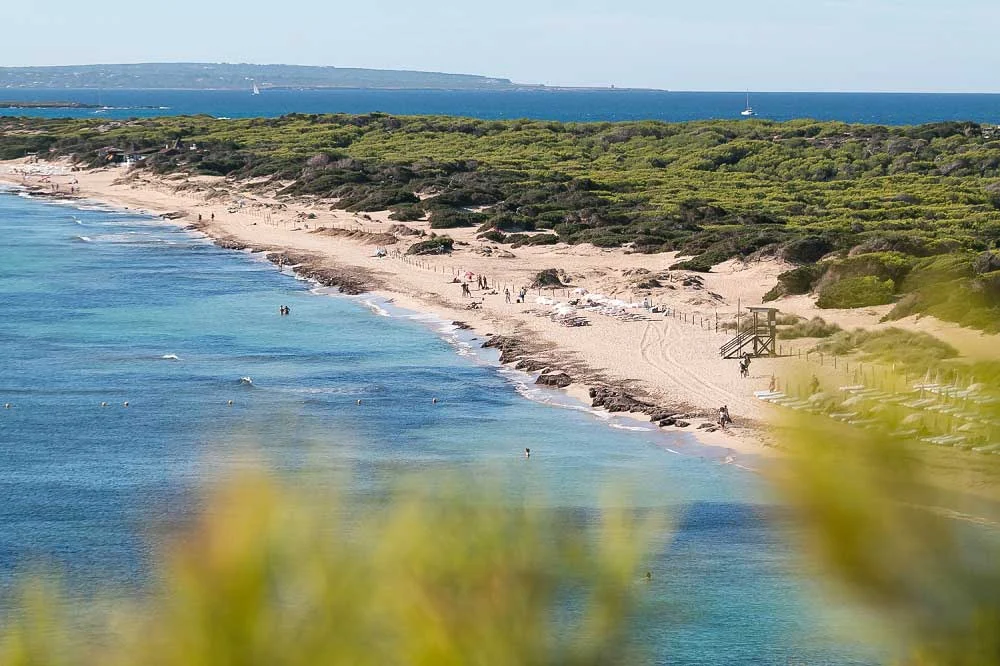
He suggests that the island still has the power to heal, if not through silence, then through contrast. His return becomes a mirror, both of his own past and of the island’s present. Through this lens, he shows that places, like people, can hold trauma and still carry hope.
Matt Haig’s essay is a call for empathy: for the communities and landscapes that are struggling under the weight of unchecked tourism. It is also, perhaps, a quiet manifesto for travelling differently, with open eyes, open hearts and a willingness to listen.
And maybe, just maybe, to return.
